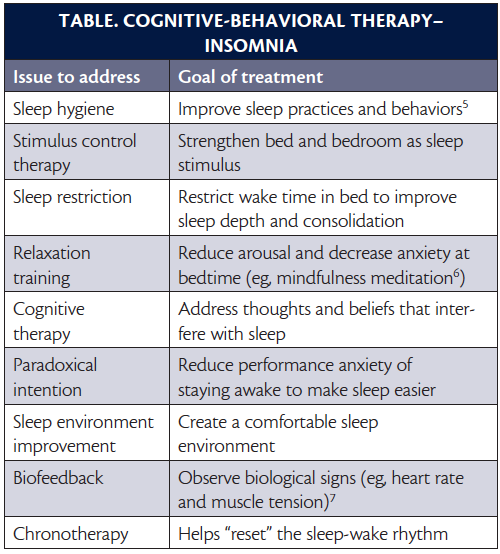
If you have ever heard the term somnambulism, you might have wondered what a person who sleeps like this is like. If so, then you're certainly not alone! While the condition is relatively rare, it does exist in real life, and you may not know what it looks like. This article will give you some basic information about what a somnambulistic individual is like, so you can decide if this is the disorder for you.
Somnambulism occurs when an individual doesn't have control over their regular activities during sleep. They often wake up with a startle in their voice and can seem like they are going crazy. In fact, this is quite common, especially for people suffering from other sleep disorders such as sleepwalking or insomnia. For people with somnambulism, the inability to control sleep and waking is their first symptom.
There are various signs you should look out for if you think you have the disorder. One of them is the fact that you can't stop sleeping, even if you have had a good night's sleep. Another sign is that you often wake up with a "bark" in your throat. The "barking" will sometimes be very loud, sometimes almost like a dog barking.
The condition is not known to be a medical condition, but some people do experience side effects. A common symptom is depression, which can become extremely severe and may lead to suicide attempts or depression.
Although there is currently no cure for the condition, there are many treatment options. Typically, these treatments are designed to help you overcome your symptoms. For example, psychotherapy may be prescribed to help you cope with anxiety attacks and sleep problems. Some doctors also recommend biofeedback therapy, which can help control your body temperature at night and help you sleep better.
While most somnambulistic patients can return to normal sleep upon waking, there are some who cannot. These people may need to wear a monitoring device to help them find the best time to sleep. You should talk to your doctor about how you can control your symptoms to ensure the best quality of life. Many people find that a combination of these treatments, or even a combination of them, works for them.
There are also self-help methods for people with somnambulism, although they don't seem to be as effective as medications. There are self-hypnosis and hypnotherapy programs that have proven effective in people with somnambulism. This is a great way to stay calm and comfortable at night without drugs.
Sleep disorders are incredibly common, and it's not uncommon for someone to have one of these conditions at least once in their life. This may be one of the reasons why you have trouble falling asleep at night. If you notice sleepwalking symptoms, insomnia, or sleep disturbances, you should talk to your doctor and try to find the root of your problem. If you really suffer from sleep disturbances, make sure you find a method that works for you.
Some common causes of insomnia include stress, medication, poor diet, lack of sleep, and other health issues. While there is no definite cure for this condition, it's important to realize that many people do manage to get a good night's sleep. Those who suffer from this condition should know that they can live a more healthy lifestyle if they find a treatment that works for them.
There are a number of different treatments available that can help you get to sleep
Some of the most popular include biofeedback therapy, medication, biofeedback devices, and even surgery.
The treatment options listed above are just some of the options available that doctors can use to help someone with somnambulism. Make sure that you talk to your doctor about all of the options that are available, including what your goals are with your treatment so you can find the right program for your individual needs.
Once you begin treatment for somnambulism, you need to understand that the condition itself will not heal itself, but the long term effect can be very difficult. You'll be forced to change your lifestyle in order to regain your sense of sleep and function normally. You'll have to be patient and try new methods until you find the right treatment, which will allow you to finally find some relief.